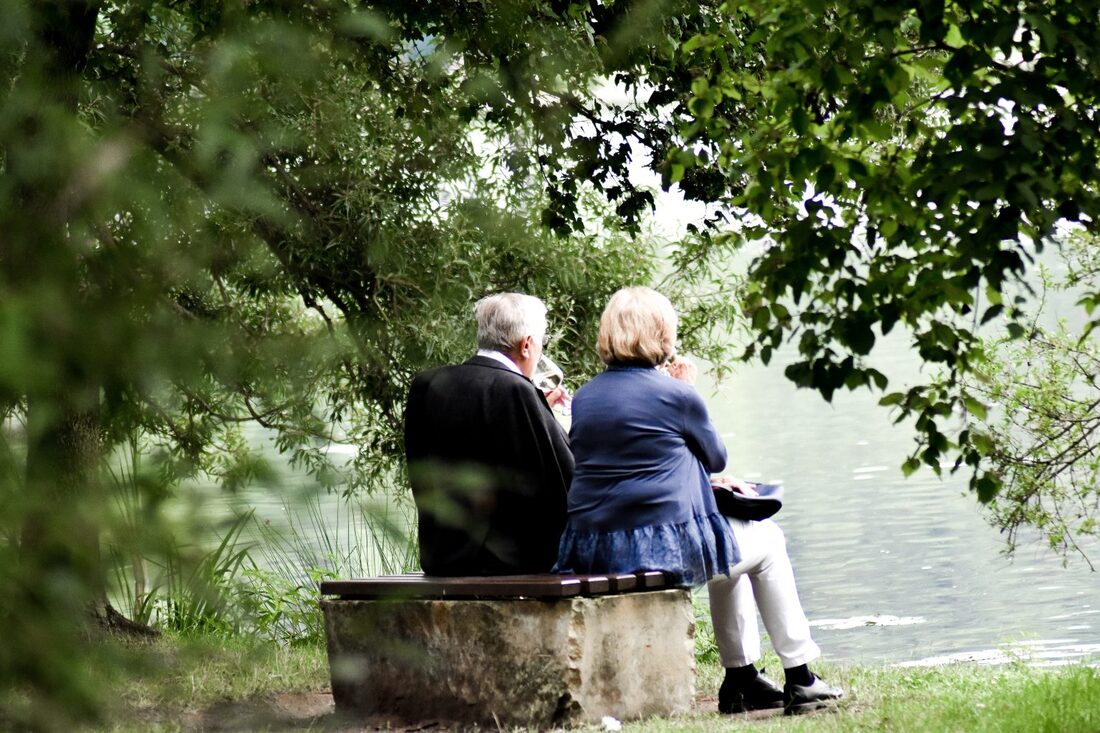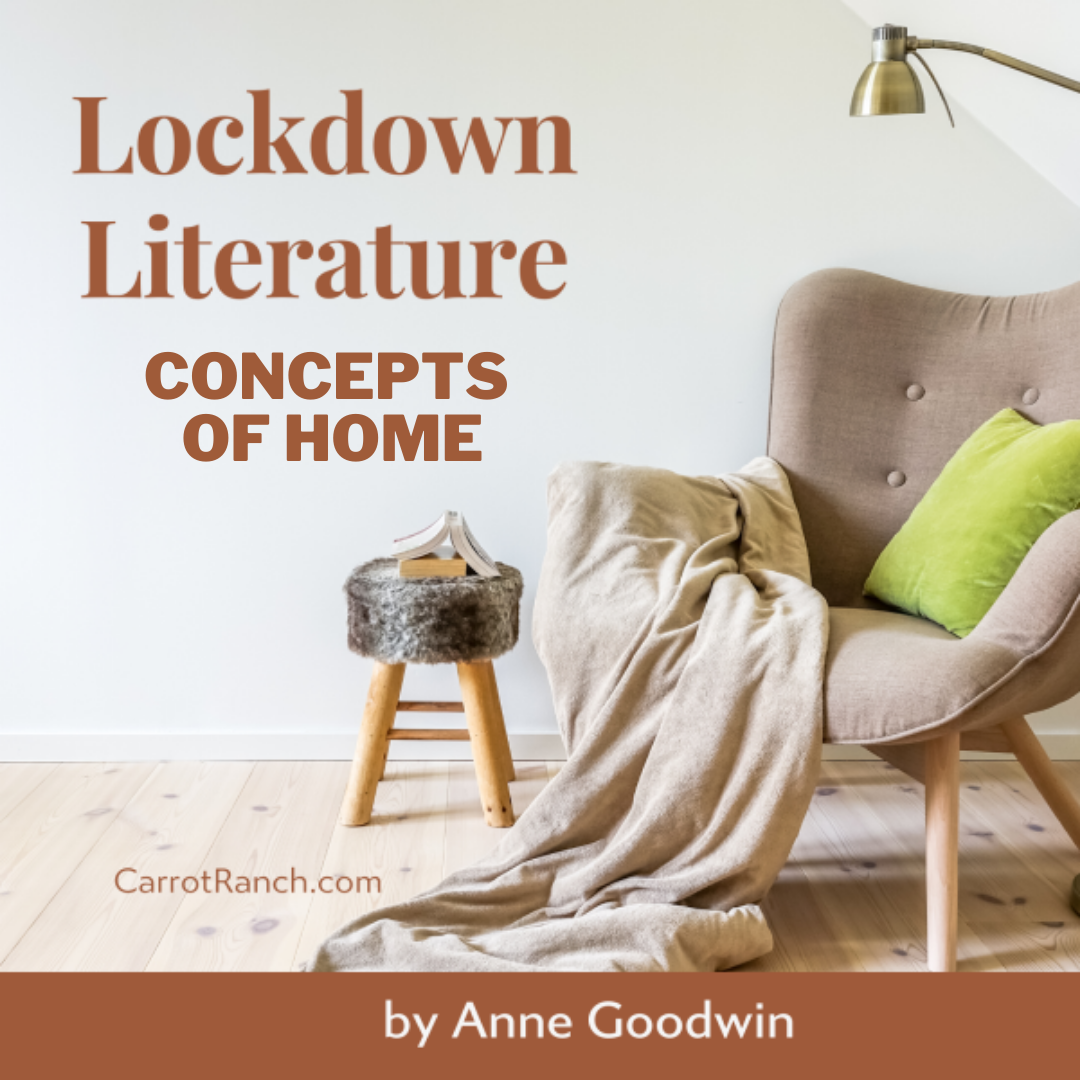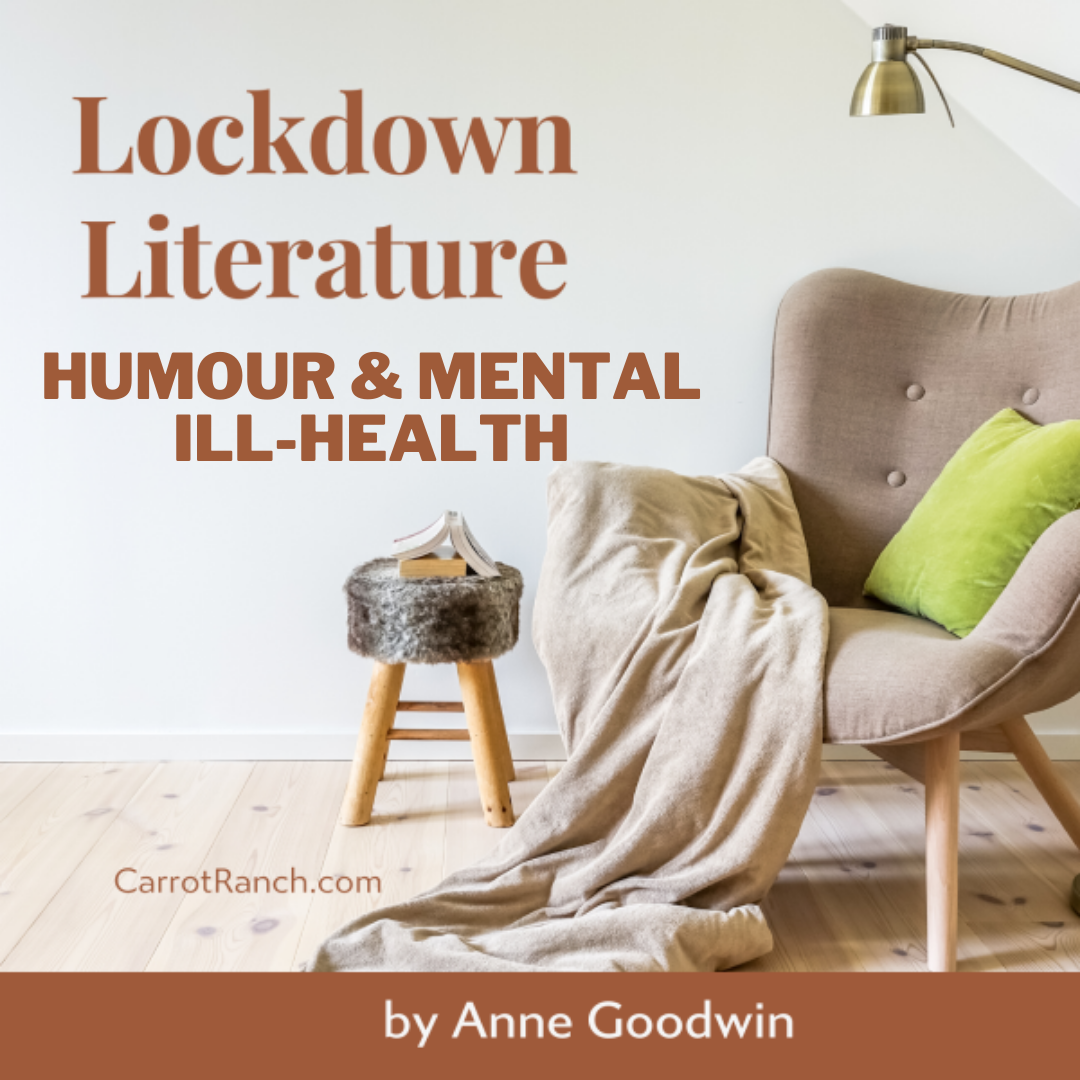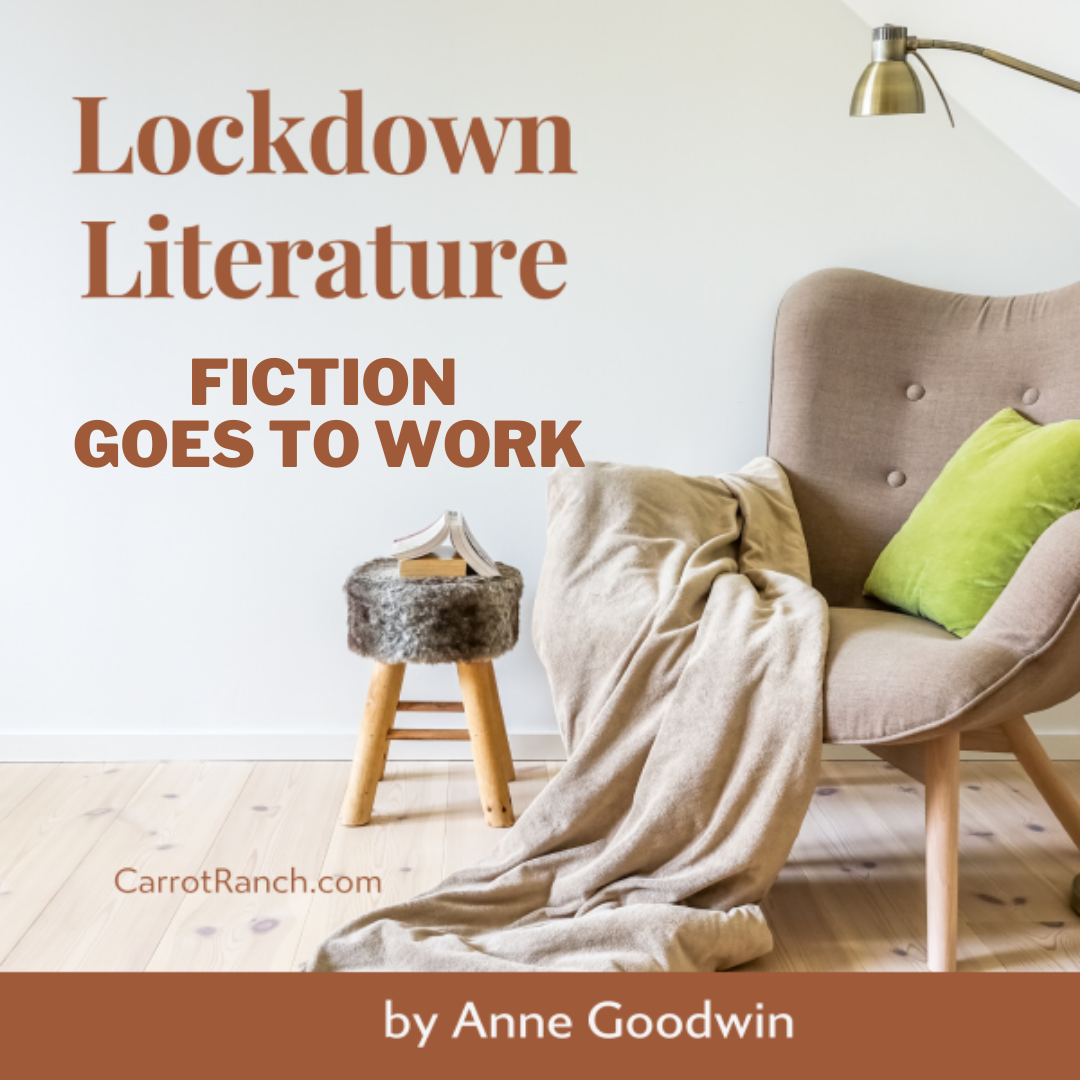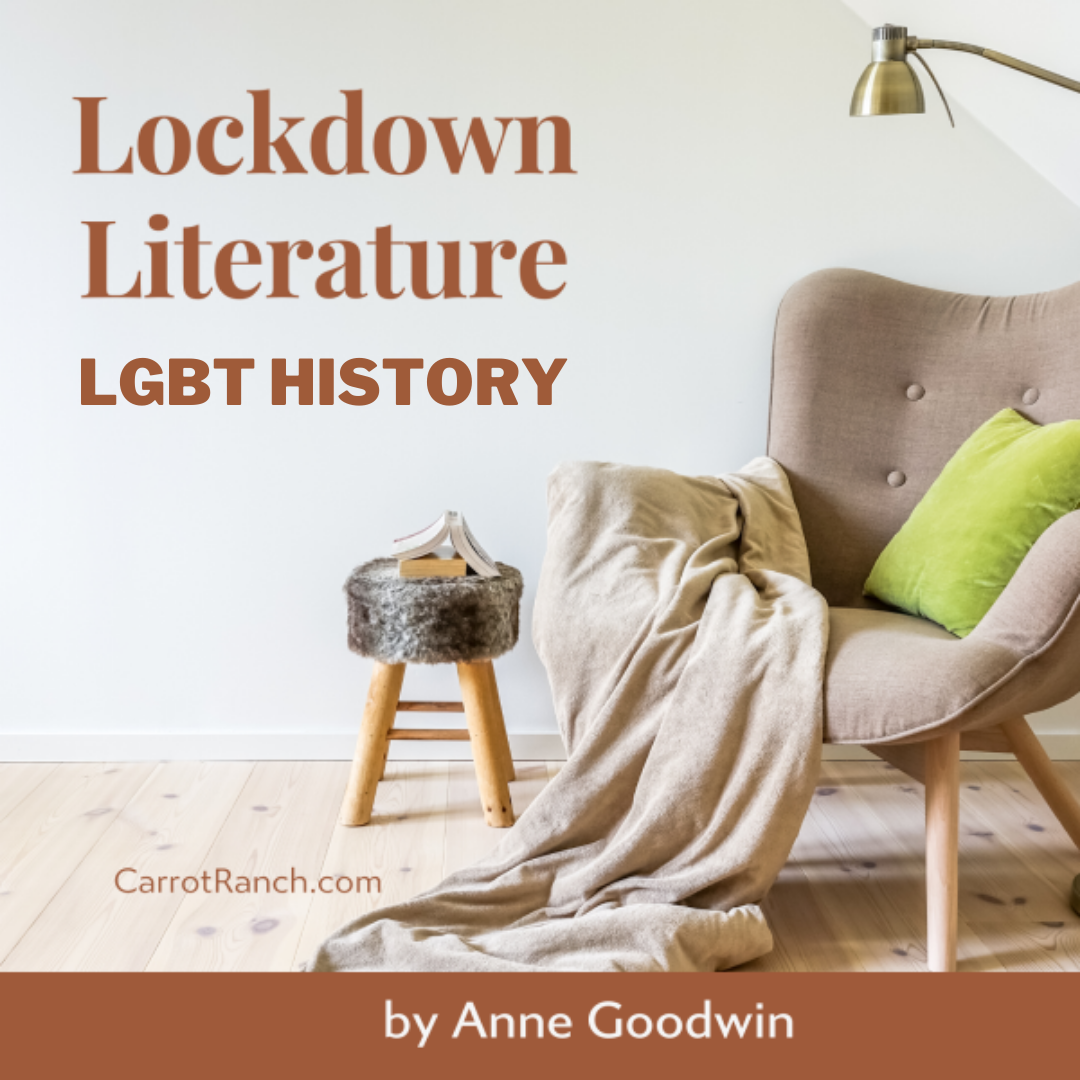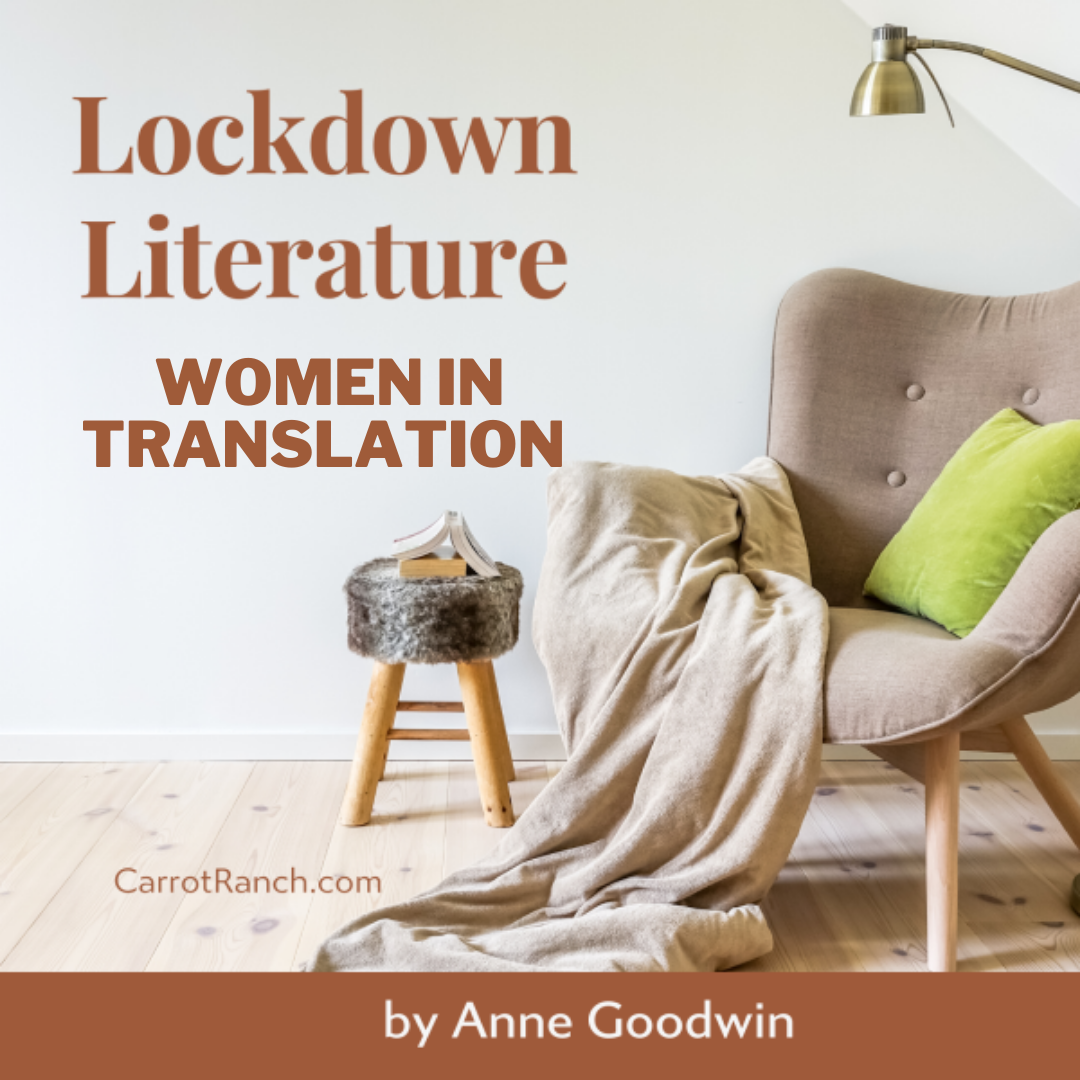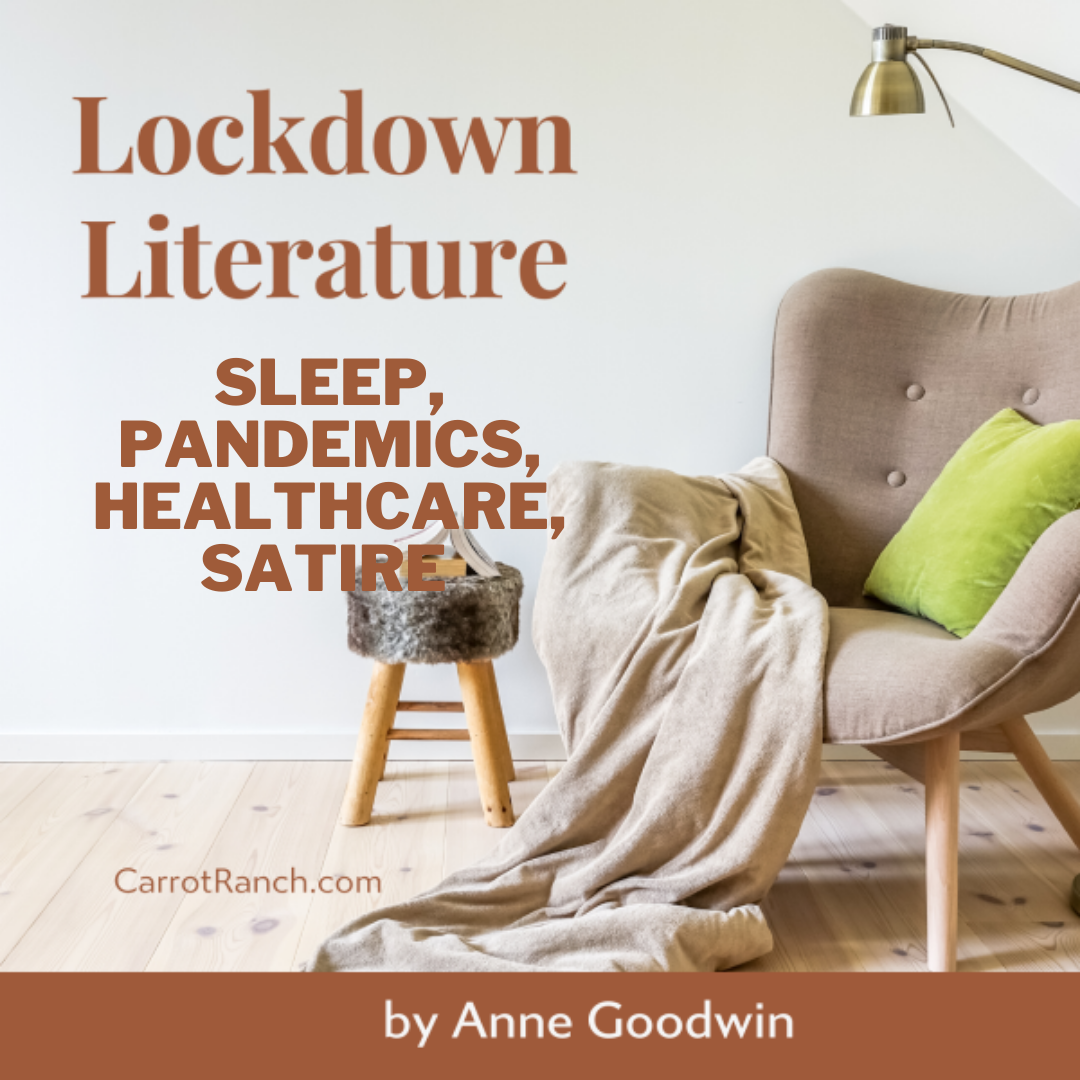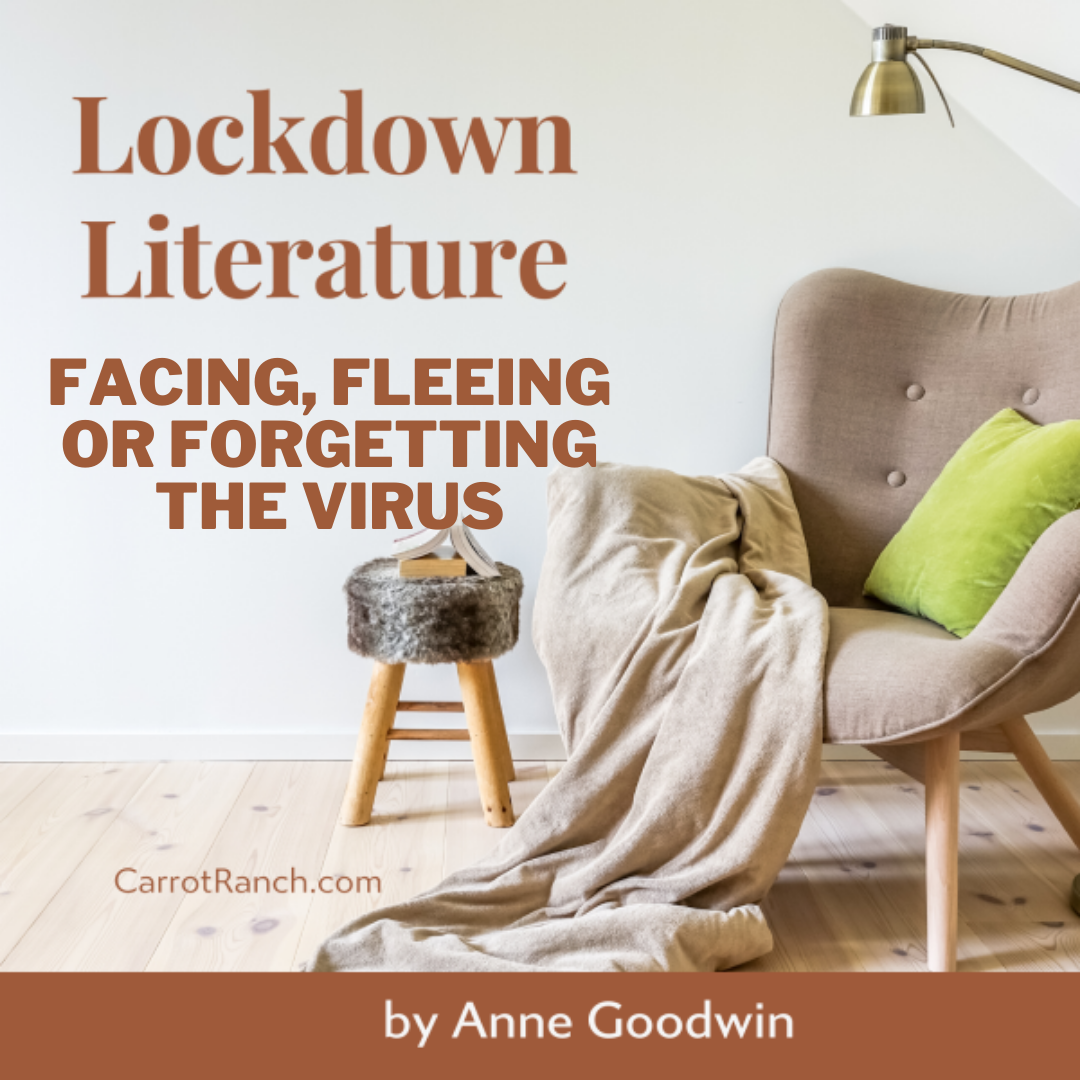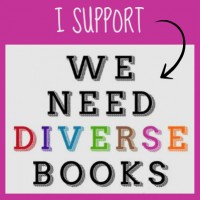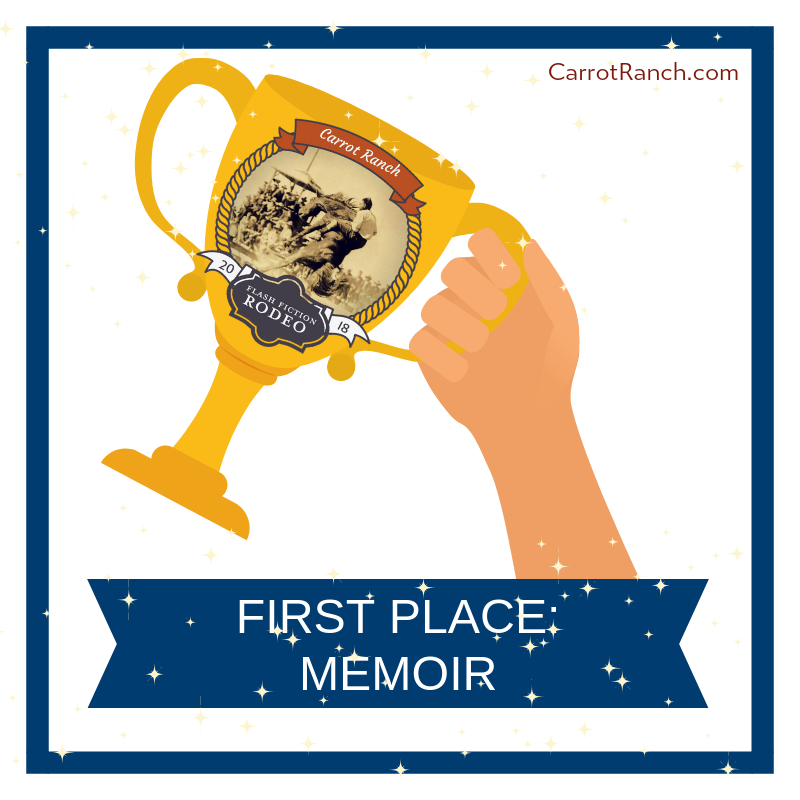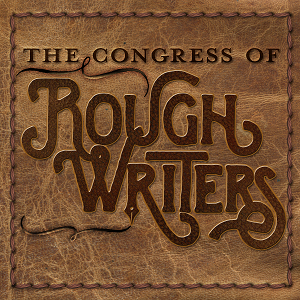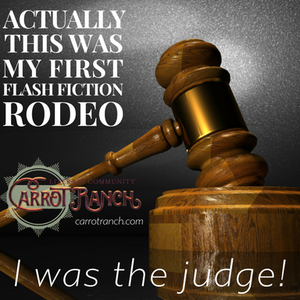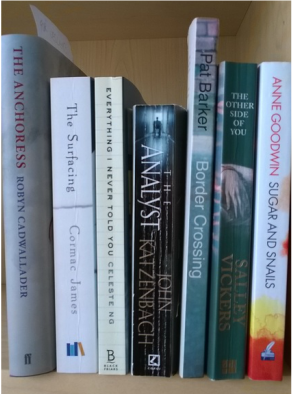
There’s a similar ambiguity in The Analyst, in which a New York psychoanalyst is frustrated when the police dismiss the death of one of his patients as suicide when he is convinced it’s murder, on the grounds that the man enjoyed his misery too much, and had too little insight into his problems, to give in to despair. In Border Crossing, Tom’s undoing stems from his assumption that the young man he sees cramming a handful of pills into his mouth and diving into the river needs to be rescued. But it’s in this series on fictional therapists that we find the most explicit attempt to articulate what suicide actually is.
The relationship between a suicidal woman and her therapist portrayed in The Other Side of You by Salley Vickers provides redemption for both of them, although initially Dr McBride feels overwhelmed by her despair. Chatting with his good friend and mentor, he poses the question of what people are “up to, really, when they seriously try to kill themselves” (p73). There follows a (slightly preachy) deposition on suicide as “a short cut to one of the only certainties … a fast-track method of transportation from one realm to another”, taking in Socrates’ sacrifice of his life on a principle and the irony of his paying (p74)
his last respects to a healer at the point when there was about to be nothing of him left to heal. I reckon he was saying, life is a sickness and death is a welcome recovery from it. Remember, there’s no cure for being alive!
The latter becomes something of a motto for Dr McBride, that helps him understand his own grief and thereby that of his patient. Though it’s slightly at odds with mental health orthodoxy, sometimes we need to accept our self-destructive impulses in order to stay alive.
My own novel, Sugar and Snails, was partly inspired by a newspaper report of a woman who had died of anorexia nervosa without any of her friends or family being aware of her condition (a slow form of suicide perhaps) and features three types of suicidal behaviours. First, there are the role-play games Diana remembers from her childhood with best-friend Geraldine, stemming from the death-cults of ancient Egypt and the Catholic Church and the most romanticised suicides of all time, Romeo and Juliet. In middle age, Diana hasn’t given much thought to this until the request for a bedtime story about “when you were a little girl” gives a seven-year-old nightmares. Diana is perplexed (p31-32):
Poor little Ellie, dreaming herself sealed up in a coffin with only a furry orange rabbit and a liberated tooth for company. The guilt burned in my throat, but I still couldn’t understand how my story had engendered such a reaction. It wasn’t logical for something that had given two children hours of pleasure to traumatise another little girl a generation later… Perhaps, like tug-of-war and hopscotch, those games from the Sixties would be unfathomable to any twenty-first-century child. Or perhaps it had more to do with me and Geraldine, the kind of kids we were, importing our peculiar pathologies into our play. The excitement of ransacking the dressing-box, the jumble-sale smell of old clothes. Watching our reflections in the wardrobe mirror as we morphed into the star-crossed lovers: a purple bolero and a feathered hat for Romeo, a balding velvet dress and necklace of rosary beads for Juliet.
But Diana takes the story literally, manifest in repeated acts of self-harm, attacks on her own body triggered by the despair of not being the person she longs to be. Even so, like Juliet, she isn’t seeking obliteration (p189):
Even as a kid, I never wanted to end it. Even at eleven when I took my mother’s Valium and thought no one would find me, I only wanted a break. At fourteen … I didn’t swallow paracetamol to kill myself. I took it because the contradictions were too much to bear.
I took it because I believed in all those stories of redemption. I thought Jesus really did rise from the dead. I thought Juliet would get up and walk, hand-in-hand with Romeo, out of the Capulet mausoleum. I thought that by taking it to the limit I’d be transformed into another person, reincarnated as someone I could live with.
But Diana isn’t the only one in the family obsessed by suicide. Leonard, her father, is searching for meaning in his attendance at the funeral for one of his POW comrades on the day his middle child was born (p262-3):
“At first I thought they were acting funny because they were southerners. They gave me a right earful. I didn’t even notice nobody mentioned how he died. I had … his sister trying to quiz me about the prison camp, as if she hadn’t the manners to know there’s stuff goes off that’s better forgotten. And then his ma, taking me by the arm to the shed in the garden. This is where I found him, she said.” … My dad turned round, fixing his gaze on a spot on the wall just past my left shoulder: “It was a criminal offence, back then, you see. The suicide act didn’t come in till a couple of years after.”
I shivered: “Suicide?”
“Could’ve been thrown in the slammer for it. That’s why they kept it hush-hush.”
My laughter was half mocking, half hysterical: “They couldn’t send a dead man to prison.”
“Them as didn’t succeed got tried and sent there. And their families sometimes, for aiding and abetting.”
Fortunately, while assisting suicide is still illegal (hence the controversy over the right to die), attitudes to someone attempting suicide have become more sympathetic. But I wonder if we’ve still got a long way to go before we can understand its myriad forms.
Do you think fiction can help combat the stigma of suicide? What have you read that addresses the subject in a suitably sensitive manner?

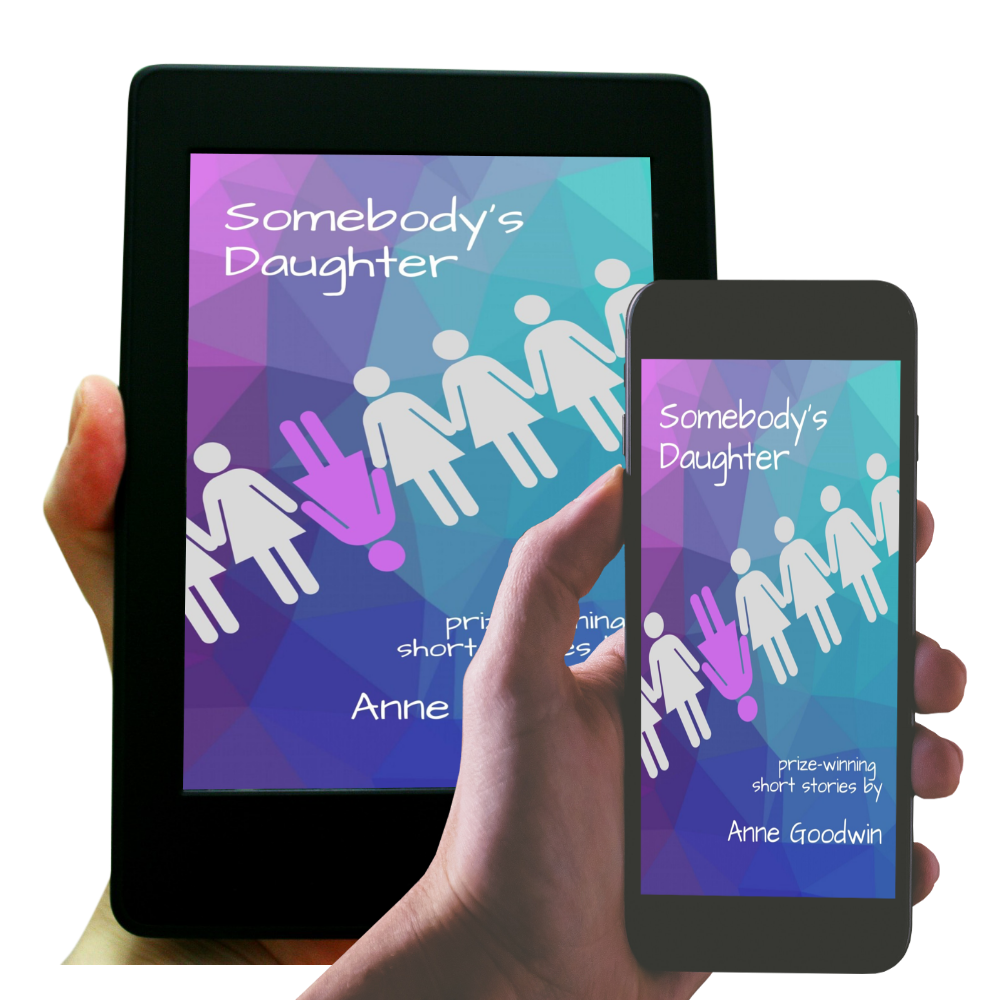
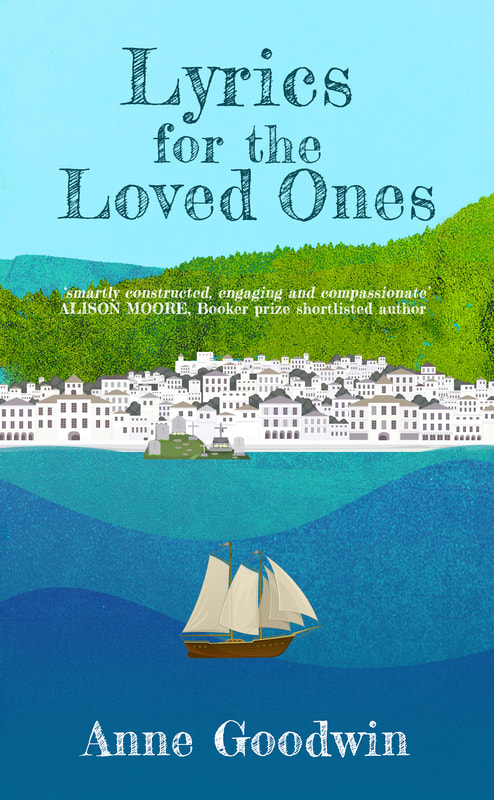
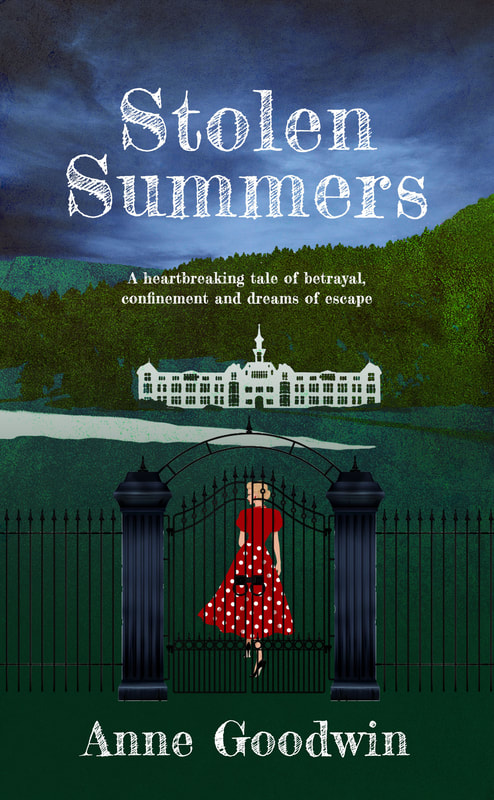


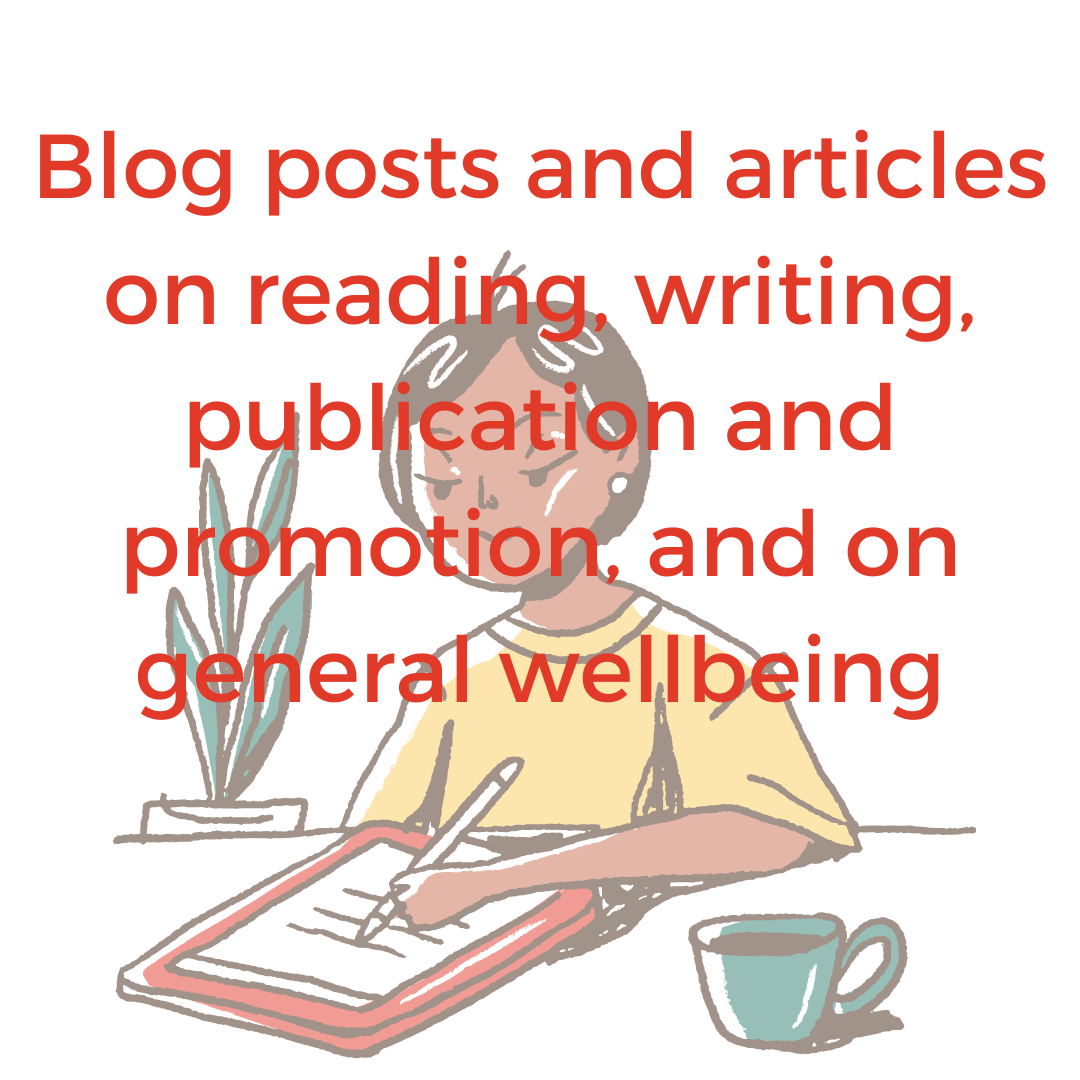
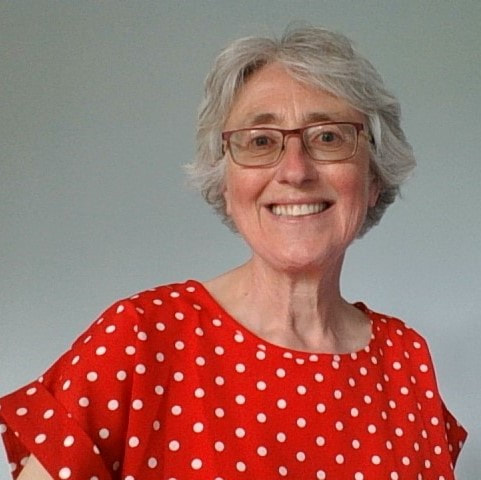
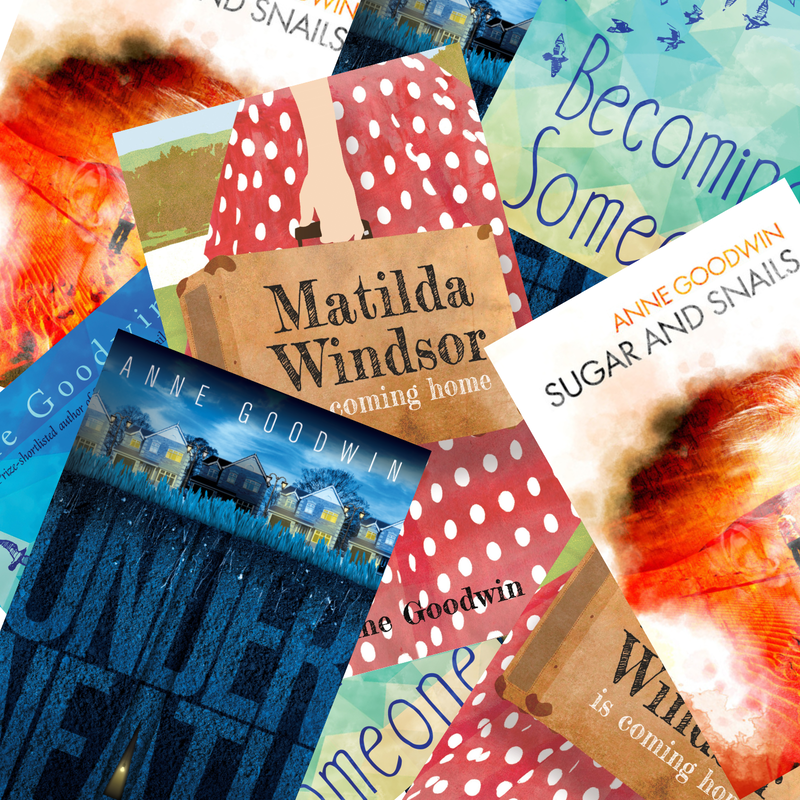
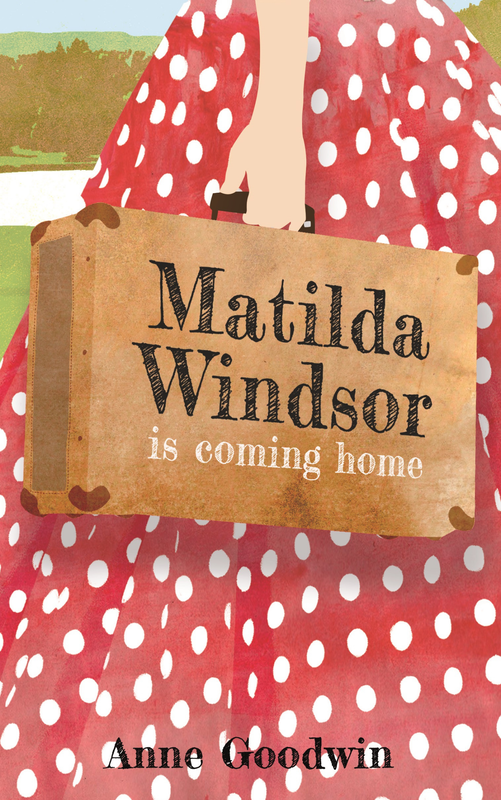
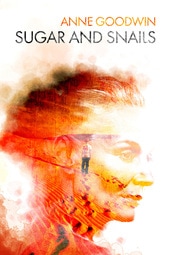

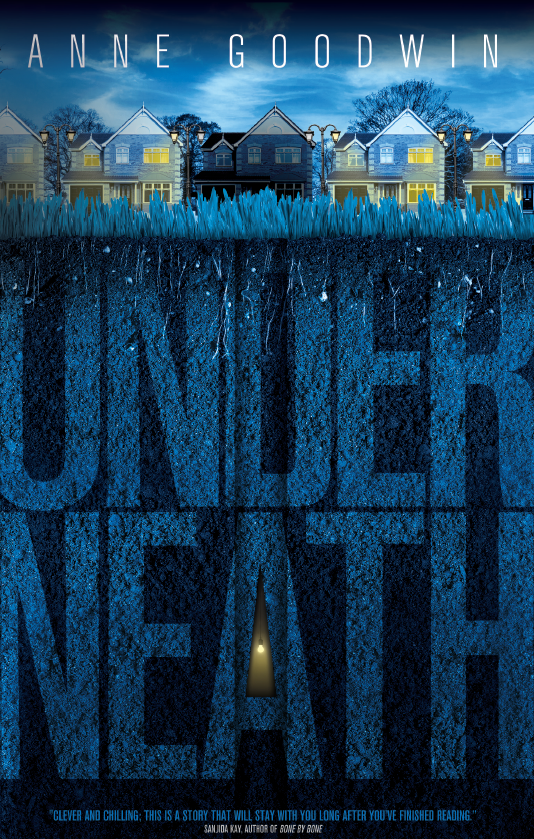
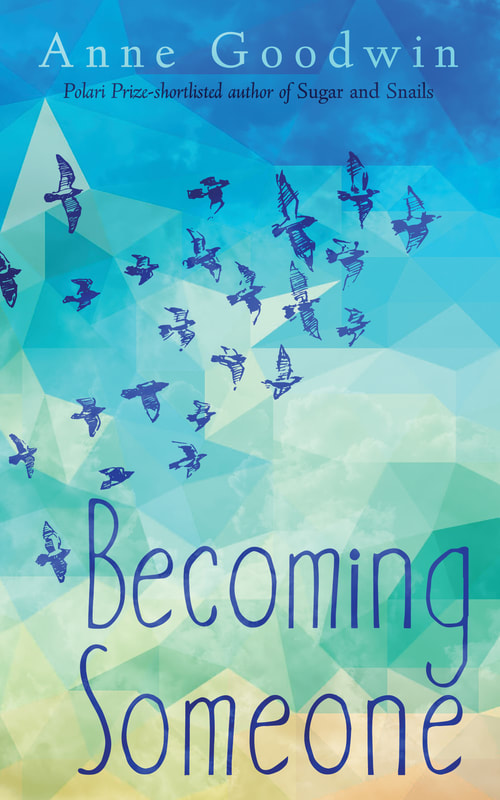






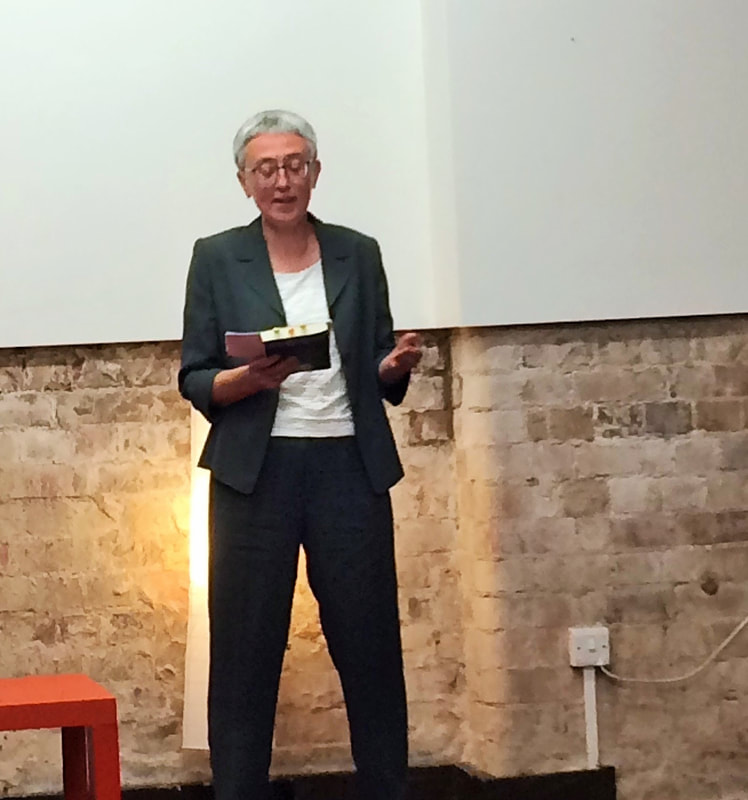

 RSS Feed
RSS Feed

